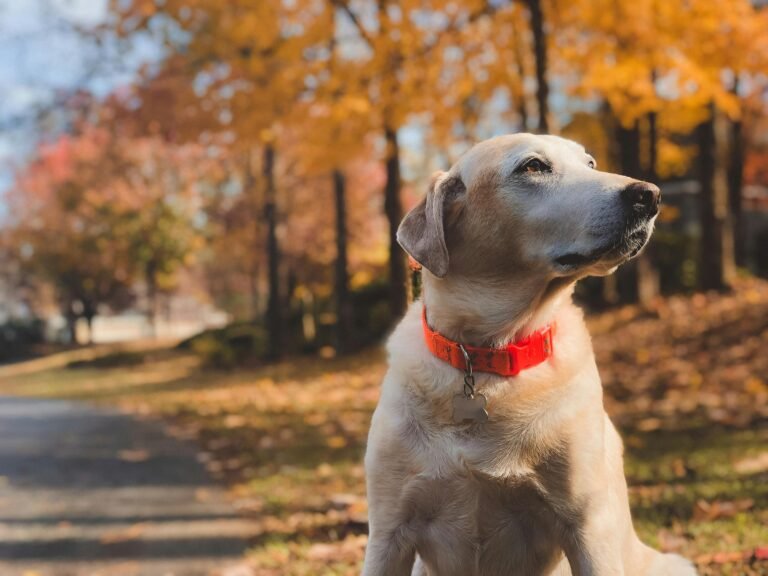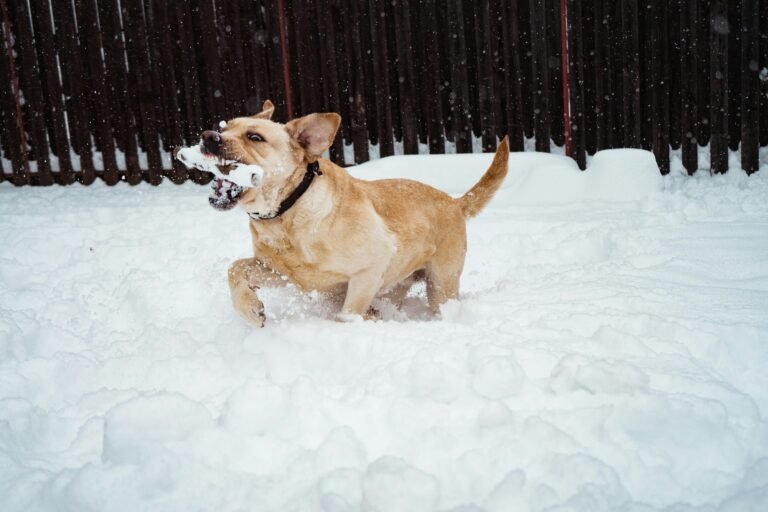Introduction
Summer is a season of fun, travel, and outdoor adventures — but for dogs, the rising temperatures can bring serious risks. Unlike humans, dogs cannot sweat efficiently to cool down. Instead, they rely on panting and limited sweat glands in their paw pads, making them highly vulnerable to heat-related illnesses. Heatstroke, dehydration, and hot pavement burns are among the most common dangers during summer. The good news? With awareness and preparation, you can help your dog enjoy the sunny season safely. This comprehensive guide covers summer heat dangers, warning signs, prevention strategies, and care tips to keep your furry friend healthy and happy all summer long.
Why Dogs Struggle in the Heat
Dogs regulate their body temperature differently from humans. While we sweat across most of our skin, dogs rely on panting to exchange hot air for cooler air. In high humidity or extreme temperatures, panting becomes less effective, and their bodies can quickly overheat. Flat-faced breeds (like Bulldogs, Pugs, and French Bulldogs) are at even greater risk due to their shortened airways.
Other factors that make dogs vulnerable in summer include thick coats, obesity, advanced age, or underlying health conditions such as heart or respiratory issues. Understanding these limitations is the first step in preventing heat-related problems.
Common Summer Heat Dangers for Dogs
- Heatstroke: A potentially fatal condition caused by the body’s inability to cool down. It can occur within minutes if a dog is left in a hot environment.
- Hot Pavement Burns: Asphalt and concrete can heat up to 140°F (60°C) on a 90°F day — hot enough to burn paw pads after just a few seconds.
- Dehydration: Dogs lose fluids quickly through panting. Without enough water, dehydration can set in fast and lead to organ damage.
- Parked Cars: A car interior can rise by 20°F in just 10 minutes, creating life-threatening conditions even on mild days.
- Overexertion: Playing fetch or running during peak heat can push dogs past their cooling capacity, leading to collapse or heatstroke.
Signs of Heat Stress and Heatstroke
Recognizing the early signs of overheating can save your dog’s life. Watch for:
- Excessive panting or drooling
- Bright red or pale gums
- Weakness, lethargy, or collapse
- Vomiting or diarrhea
- Disorientation, seizures, or loss of consciousness (severe cases)
If you notice these symptoms, act immediately by moving your dog to a cool area, offering water, and contacting a veterinarian.
Preventing Heat-Related Illnesses
Prevention is always better than emergency treatment. Here’s how to keep your pup safe in hot weather:
- Walk During Cooler Hours: Early mornings and evenings are safest for walks. Avoid midday heat when temperatures peak.
- Test Pavement Temperature: Place your hand on the pavement for 5 seconds. If it’s too hot for you, it’s too hot for your dog’s paws.
- Hydration: Carry portable water bottles and collapsible bowls. Offer water frequently during outdoor activities.
- Shade and Rest: Ensure your dog has access to shaded areas and frequent rest breaks when outdoors.
- Cooling Products: Use cooling mats, vests, or bandanas to help regulate body temperature.
Summer Safety Tips for Specific Situations
Different summer activities pose unique risks. Here’s how to manage them safely:
Car Travel
Never leave your dog unattended in a parked car — even for “just a minute.” Use sunshades, air conditioning, and frequent water breaks for long trips.
Beach Days
Saltwater ingestion can cause stomach upset, and hot sand can burn paws. Bring fresh water, an umbrella for shade, and rinse your dog after swimming.
Hiking Adventures
Choose shaded trails and avoid steep climbs during peak heat. Bring extra water and watch for signs of exhaustion.
Cooling Techniques at Home
Help your dog stay cool indoors during heat waves with these methods:
- Provide cooling mats or damp towels for lounging.
- Use fans or air conditioning to regulate room temperature.
- Make frozen treats using dog-safe ingredients like yogurt, peanut butter, or broth.
- Offer kiddie pools or sprinklers in the backyard for supervised play.
Special Considerations for High-Risk Dogs
Certain dogs are more vulnerable to heat dangers and need extra care:
- Brachycephalic Breeds: Bulldogs, Pugs, and French Bulldogs struggle with airflow. Limit their outdoor exposure and avoid strenuous exercise in the heat.
- Senior Dogs: Older dogs tire easily and may have weaker cooling systems. Keep activities short and closely monitored.
- Puppies: Young dogs have less heat tolerance and can dehydrate quickly.
- Overweight Dogs: Extra weight increases heat retention, putting them at higher risk of heatstroke.
Emergency Response: What to Do if Your Dog Overheats
If your dog shows signs of severe overheating, quick action is crucial:
- Move them to a cool, shaded area immediately.
- Offer small amounts of cool (not ice-cold) water.
- Apply cool, wet towels to their paws, belly, and armpits to lower body temperature gradually.
- Use fans to promote airflow.
- Contact a veterinarian right away — heatstroke can cause organ failure if untreated.
Myths About Summer Dog Safety
Several misconceptions can put dogs at risk. Let’s clear them up:
- “Dogs are fine in cars if the windows are cracked.” False — cracked windows do little to reduce heat buildup.
- “Only long-haired dogs suffer in the heat.” False — short-haired and double-coated breeds can also overheat.
- “Dogs can drink as much water as they want during activity.” False — while hydration is critical, excessive drinking at once can cause bloating. Offer water in small amounts frequently.
Conclusion
Summer heat can be dangerous for dogs, but with the right precautions, your furry friend can enjoy the season safely. Avoid peak heat hours, protect paws from hot pavement, provide plenty of water and shade, and know the warning signs of overheating. By staying proactive, you can ensure that summer becomes a season of safe adventures, laughter, and lasting memories with your loyal companion.






